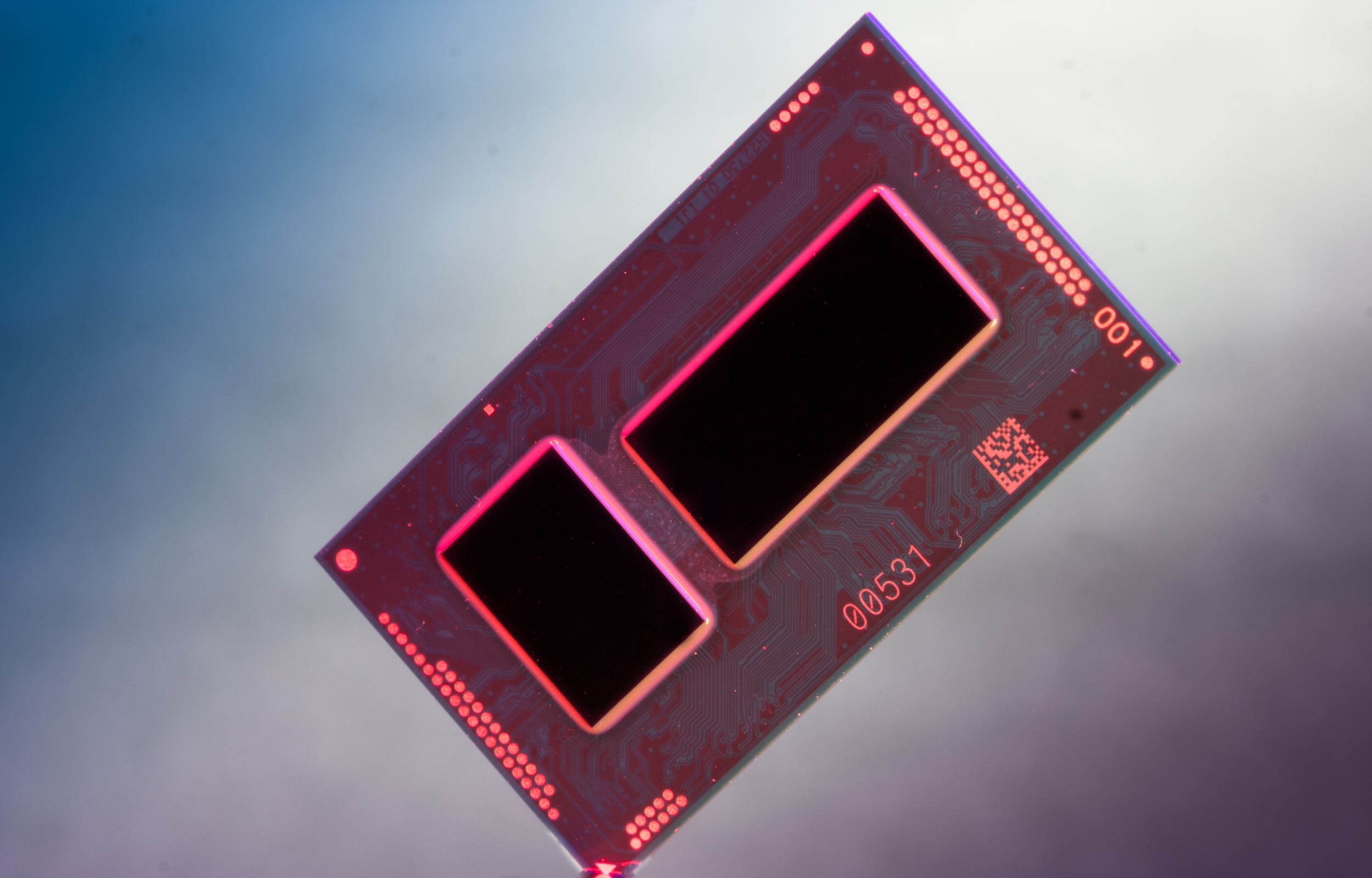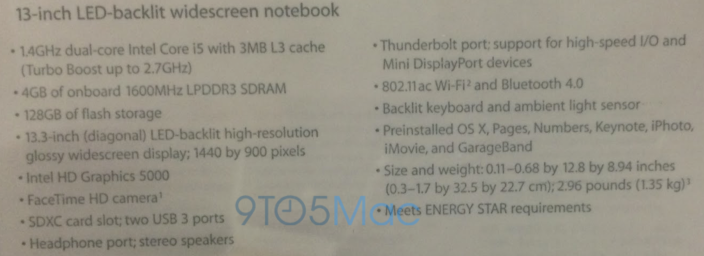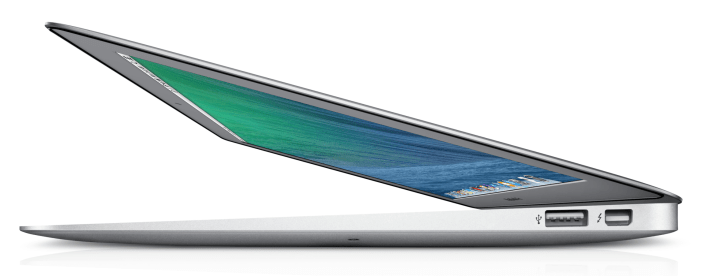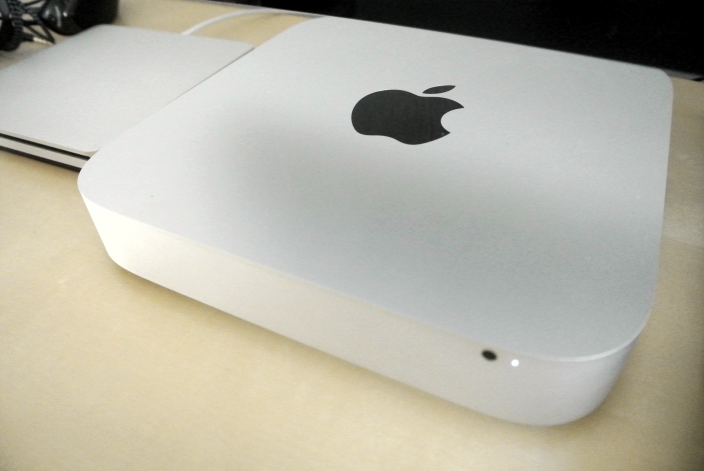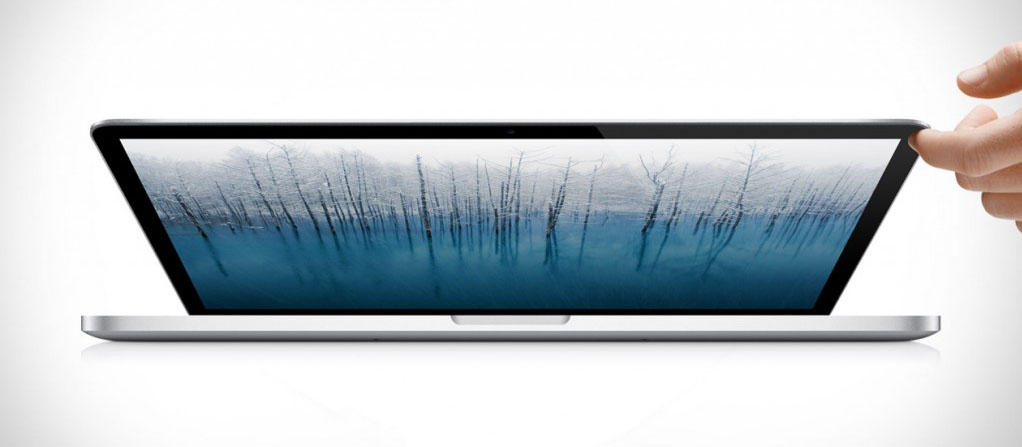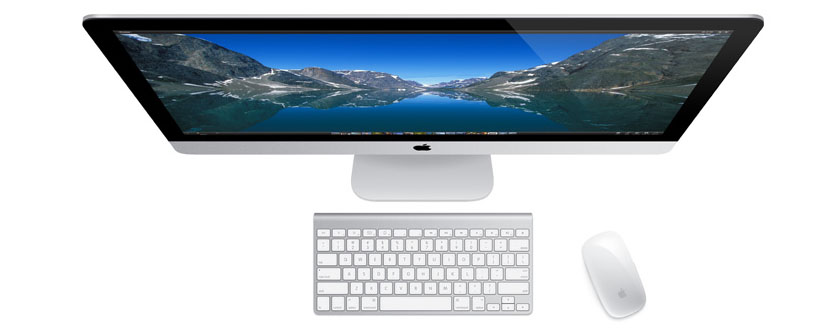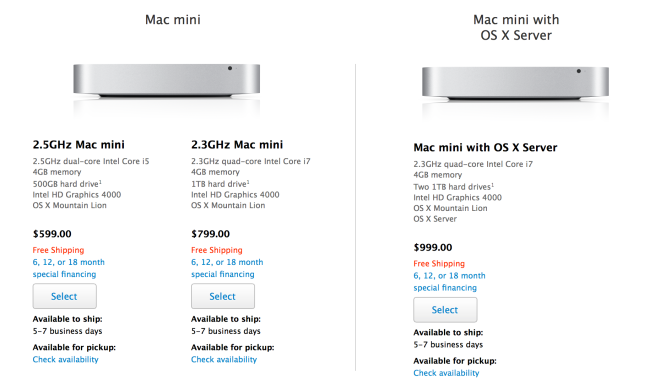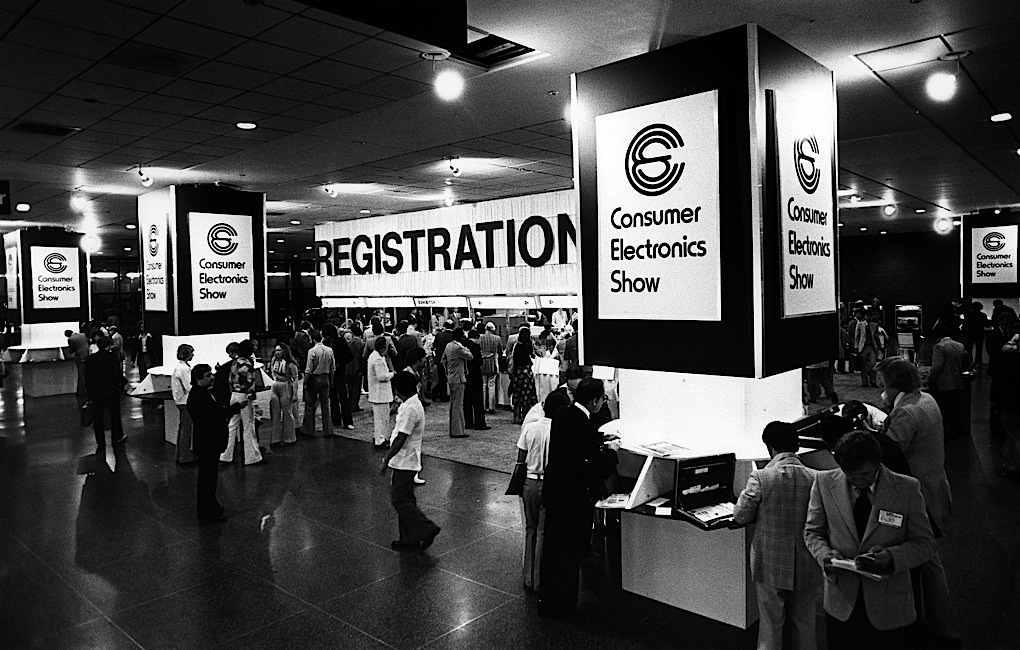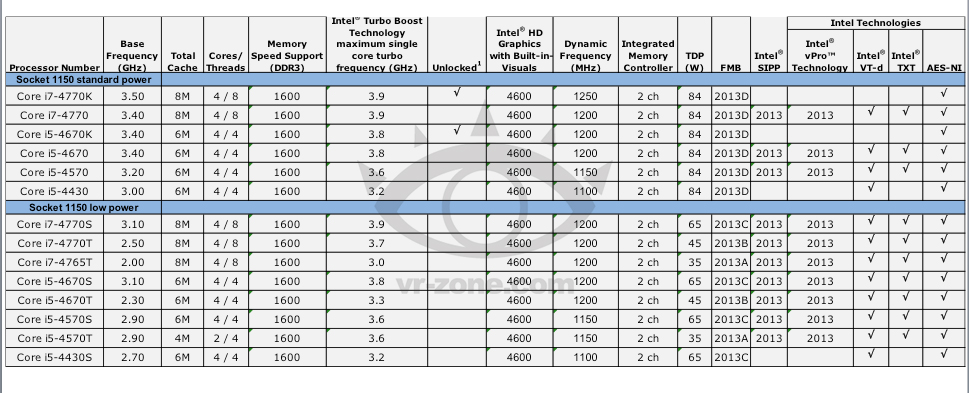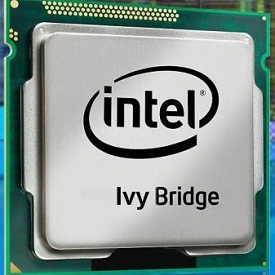Intel details MacBook-destined Broadwell 14nm chips, should ship by holidays

Apple has been developing some revamped Mac laptops for several months and years, such as an ultra-slim 12-inch Retina MacBook, and the key to shipping these products is the availability of Intel’s upcoming Broadwell chip. Why? Because the new 14nm Broadwell Core M chip is fanless, small, and according to Intel, the most energy-efficient Intel processor yet. These facts about the processor lineup directly with the rumors of a fanless and light MacBook. Today, Intel has disclosed some new key points about the Core M Broadwell processor:
Notably, as Intel executives hinted earlier this year, Intel is still on track to ship out chips in time for new products to hit this holiday season, and it seems likely that the new 12-inch MacBook will be one of the first major computer launches with the new processor. Intel says that increased availability for the Broadwell processor will occur in the first half of 2015, so it wouldn’t be a stretch to expect various other new Macs (perhaps MacBook Pros or Airs) with more powerful Broadwell chips to hit the market during that timeframe next year.
